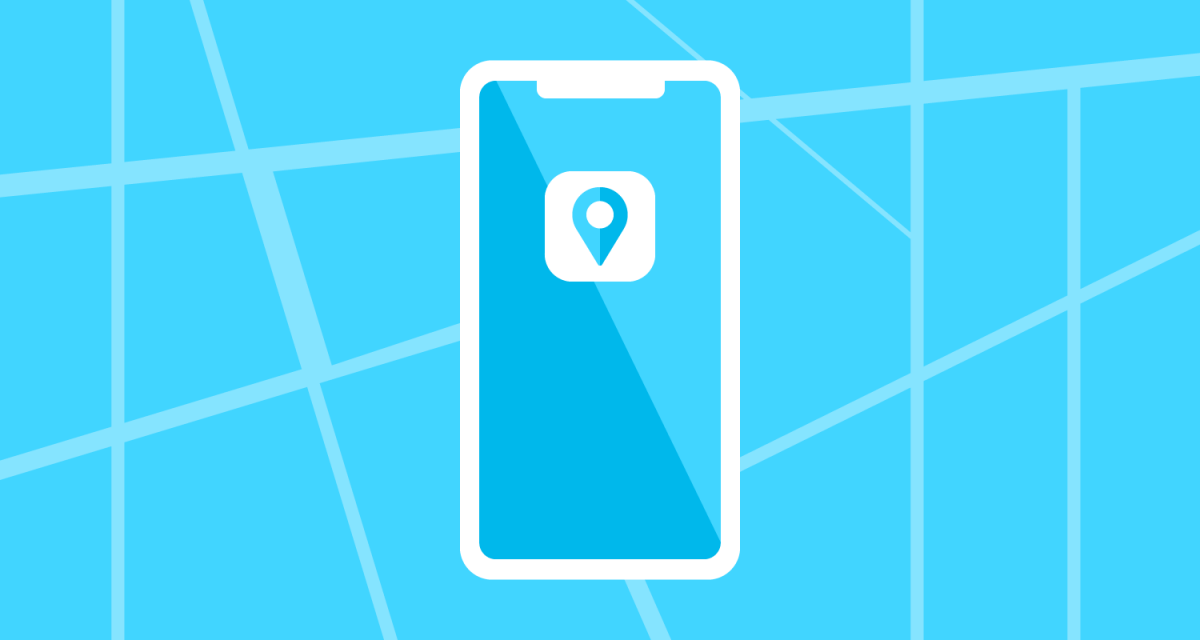Today everyone hates running their phones out of space or having trouble while uploading their app on the App Store. So what is the problem behind this! Is your phone running low on memory or slow enough to execute the upload process? No! The real problem is with the application of larger sizes.
Certainly, Size has been affected by increasing the mobile storage space to 256 GB, mobile app size is also increasing as App Developers are starting to add the latest features to the app to meet the growing and changing needs and needs of the market. Furthermore, with the practice of supporting your apps on different screen sizes, the app size increases. As a result, the increasing number of features added to the app, the SDK, changes to higher resolution images, better graphics which makes the SDK size larger.
With all these facts, it becomes a situation for users, as if they cannot proceed with heavy apps on their screen, nor get rid of them. In addition, they remain in a love-and-hate relationship with these apps. On one hand, rich graphics, hassle-free navigation, a bundle of advanced features steal users’ hearts. On the other hand, these apps are crushing the huge size of their mobile storage space. According to the latest survey report, 74.4% of the world’s people use Android devices and 70% of users consider the size of the app before installing it on their device.
Effectiveness of APK size on Installation Conversion Rate
The Android package (APK) size server plays a major role in establishing the conversion rate. According to various studies and survey reports, it has been concluded that smaller APK sizes depend on higher conversion rates and conversely reflect translation. As most Mobile App Development companies are shifting their focus towards venturing into new emerging markets by adding some advanced features and functionalities to their app. But at the same time, it is important to be aware of increasing the size of your app.
App size is the Biggest Issue in the Mobile App Development Domain
If we look at Google’s figures and consider it, 84.8% of people using Android in 2020 are expected to jump to 85.7% in 2024 compared to 15.2% of iOS users in 2020. The global user base is 2.7 billion with access to 2.8 million applications in the Google Play Store. Adding to this, the SDK size and installation conversion rate are intimately correlated. According to Google, if the app size is more than 150 MB, installation is likely to be less than 30%. For every 6 MP expansion in application size, the installation conversion will be reduced by 1%.
Since the above data shows that the size of the APK badly affects the installation conversion rate, all Android app developers should be serious about this matter because 70% of the users are actually on the app’s size before installing it. Let’s consider. So while hiring a mobile app developer for your next project, keep in mind that there is no benefit to having an app that has no users.
Before we dig deeper to understand how to reduce the size of Android app during the development life cycle, it is worth understanding how the app size increases.
App size continues to grow & is becoming a cautious issue for Android developers
Indeed, modern day apps are stealing the show by adding an excellent level of correct management facility to everything from taps on your screen. But uncertainty, these apps are severely shaped for these three reasons:
- Increasing number of feature sets.
- Fast growing UX expectations.
- Support for multiple platforms and different screen sizes.
Apart from affecting the storage capacity and memory of mobile devices, the most disappointing part about heavy apps is also the increase in data consumption. And this is the reason that is inspiring the users to uninstall the app. So, whether you are a leading brand trying to deliver an excellent user experience through an app, you need to emphasize on making smaller apps. Don’t worry, Google always has a way of dealing with these issues. It provides tools to develop to troubleshoot the problem. So let’s discuss how to reduce and reduce the size of Android apps.
Tips to reduce Android app size throughout development lifecycle
- Optimize & Compress of Image Files
Browsing an app with high-resolution graphics is quite inspiring and interesting. But, be aware, heavy-sized images can slow down your app and increase the size of your app. So what to do if you want to optimize and reduce the image size without diluting the image resolution?
Basically, Images use two formats, either .jpeg or .png files. So whether you are going to compress the file on your own or hire an Android app developer for the same, there are many tools available for such conversions. Tools such as Guetzli and packjpg are recommended for .jpg file compression, while pngcrush and zopflipng support .png files.
- Few More Option for Optimize & Reduce the Image Size
Designers can apply vector graphics to create simple resolution-independent images that do not have much space. It is available in Android as readily available objects that make it easier by allowing you to generate sharp and screen-size images under a 100-byte file. This can be a great idea for smaller size applications to reduce the size of the image
By adding this, developers can use the Draw 9-Patch tool or the WYSIWYG image editor, allowing you to create bitmap images and auto-resize to fit different screen sizes of different devices. To crunch the size of .png images, you can take advantage of the aapt tool, which is available in Res / drawable and allows you to shade the shape.
Eradication of Unutilized Process, Codes, Classes and Virtue
When developing a mobile app, it is common to have unusable code and resources in an unusable system. These codes are generated automatically and are not useful for the app at all, but they simply expand the app’s size rapidly. Since they do not add any value to your app, it makes sense to track them down and remove unnecessary code from your app immediately. And for this, you can benefit by using some tools and techniques, which we are talking about below:
- RB Code Shrinker Tool
When it comes to reducing or shrinking app size, most software development companies usually leverage the knowledge of this tool. Code shrinking allows you to reduce the size of your APK by automatically removing unused code and resources from the system.
- Eliminate your Code with ProGuard
Since R8 is comparatively new and still in a growing state, you may prefer to use ProGuard to remove unused classes, methods, fields, and attributes from your code until it becomes stable. Can. However, be careful when using ProGuard because sometimes it removes the code that your app needs to function. So you always have to test the functionality of your app first to publish it.
- Scan your Codes with Android Lint
Lint is a static code scanning tool that cannot identify the necessary resources anywhere in your code. But the major issue with the use of lint is that it only identifies unused resources, and cannot remove these resources. So you will need to check its report and extract all the identified resources manually.
Elimination of Dead Codes
As the size of the APK file is directly in sync with the loading speed of the app, it devours the storage of your device, making it clear that it is powered by power. And will only add bulk to any unused and inactive code for your app. By removing extra and dead code, you can speed up your application without affecting the functionality of the app. By adding this, eliminating these codes helps you to upgrade the quality of the source code and reduce the need to maintain code size. Therefore, the scope of bugs in your application is prevented and allows you to introduce bug-free healthy apps.
Limitation the use of Resources from Libraries
It is common to use external libraries when developing Android applications to enhance the user experience and increase versatility in the app. And basic are Google Play services used primarily to recover auto translation of app text and Android support libraries that are used to enhance the user experience on dated devices.
Basically, the problem is that most of these libraries are designed for servers or desktops, so they come with heavy methods and objects and do not serve any purpose for your application. To reduce the size of the application, you can edit files and keep the parts that your app needs to function. But to make changes, you will need access to the modification. But the simple solution to this problem is to either hire an app developer or use a mobile-friendly library for specific functionalities.
Use Android Size Analyzer Plugin
If you want to find out what exactly is in your app, you can either hire an App Development Company or take advantage of the Android Analyzer plugin to analyze every element of your app. It tries to help you with a lot of data about the size of the Android package. In fact, it is one of the easiest ways to determine and implement methods that will cause app size reduction and allow you to activate your app.
Use Android Pleasure Size with APK Analyzer, you can:
- Understand the structure of DEX files.
- See the correct size of files in the APK.
- By accelerated view of the ending version of the files in the APK.
- Compare two APKs simultaneously.
Now there are three ways to access this plugin during project development:
- It is necessary to first drag an APK into Android Studio’s editor window.
- Switch to project perspective in project window
- First select the Build Analyze APK in the menu bar, and only then select your APK.
Conclusion
Hopefully, with this blog, you have an idea that large-sized applications fail to stand out in the market despite giving users unique features. Whether you are developing an application for your core business or for additional services, it is always necessary to have a user-friendly application that meets the growing needs of the market.
And, optimizing and reducing app size is the only way to make your app user friendly. Thus, following the techniques described above will definitely help you reduce the size of the app and make it successful. But if you still have any doubts or difficulty coming down, you can hire Android app developers to build an application with the ideal size.
Our experts can guide you with the best solutions, new trends and techniques that enable you to stand out in a competitive market. For more information, you can contact our portfolio and us for detailed discussion and accurate estimates.




